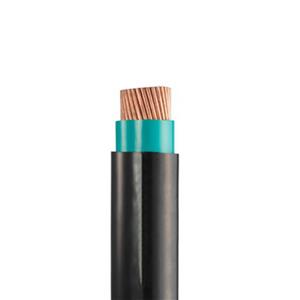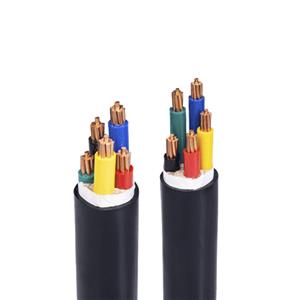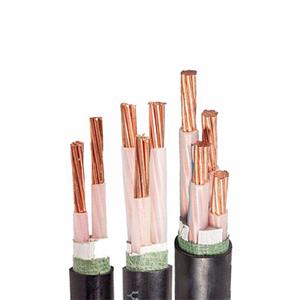How do we choose wires and cables?
In our daily lives, wires and cables are like the guardians of our lives. From home lighting and electrical appliances to office computers and printers, city traffic lights and communication base stations, and even large-scale industrial machinery, all rely on wires and cables to transmit power and signals. Wires and cables come in many varieties, each with its own unique function. Mastering the correct method for selecting wires and cables is crucial for each of us.
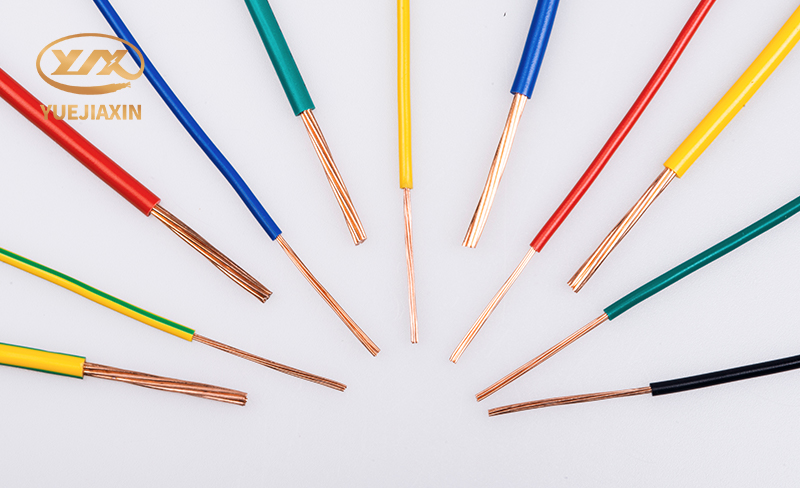
The core of wires and cables is the conductor. The conductor material directly determines their electrical conductivity and mechanical properties. Currently, copper and aluminum are the two most common conductor materials on the market. Copper conductors are the preferred choice for many high-end electrical appliances and precision instruments. They are the "performance king" of cables, boasting exceptionally high electrical conductivity. Compared to aluminum conductors of the same cross-sectional area, copper conductors have lower electrical resistance, enabling more efficient power transmission and significantly reducing energy loss during transmission. The greatest advantage of aluminum conductor cables is their affordability. Aluminum's abundant resources and relatively low cost make them highly favored in projects with stringent cost controls. For construction sites with temporary power supply, where the use time is short and cost-sensitive, aluminum conductor cables are a good choice, meeting basic power needs while effectively controlling costs. However, aluminum conductors' electrical conductivity is inferior to copper. When transmitting the same amount of electricity, aluminum conductor cables have higher electrical resistance, resulting in greater energy loss. Furthermore, aluminum has relatively low mechanical strength, making it more susceptible to breakage when subjected to external forces. Therefore, aluminum conductor cables are generally suitable for power transmission over short distances or with low loads. After understanding the materials used in wire and cable selection, the specifications and models are also key considerations when selecting. The specifications of wire and cable typically refer to the cross-sectional area of the conductor, measured in square millimeters (mm²). The larger the cross-sectional area, the greater the current the wire and cable can carry, and the greater the load capacity. In addition to the specifications, the model of the wire and cable is also crucial. The model number consists of a series of letters and numbers, each representing a specific meaning. These meanings cover information such as the cable's purpose, insulation material, conductor material, and inner sheath material. Different wire and cable models are suitable for different scenarios.
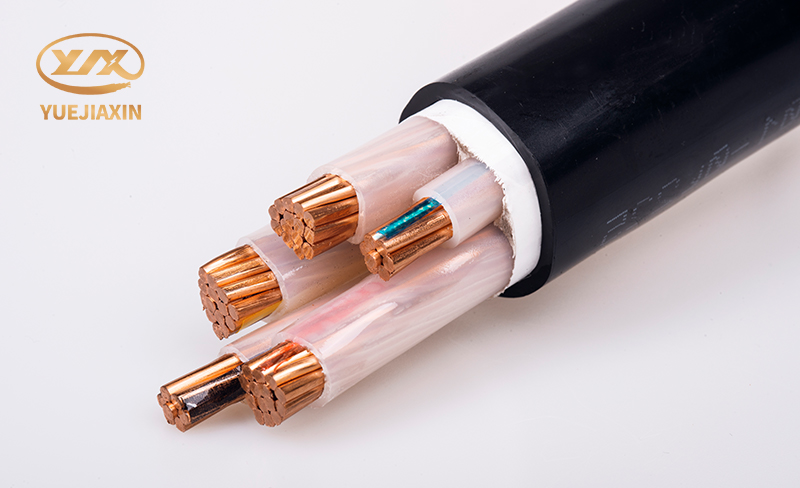
When selecting wires and cables, brand and price are crucial factors that cannot be ignored. Well-known wire and cable manufacturers often have years of experience and a strong reputation in the industry. They are extremely strict in selecting raw materials during the production process, selecting only high-quality materials that meet high standards. They prioritize oxygen-free copper with high purity and minimal impurities to ensure excellent conductivity. Insulation and sheathing materials are also selected for their stable performance and reliable quality, ensuring the quality of the wires and cables from the source.
Selecting wires and cables requires meticulous attention and expertise, and should not be taken lightly. We must comprehensively consider multiple factors, including material, specifications, rated voltage, insulation and sheathing materials, manufacturer's brand, and price.
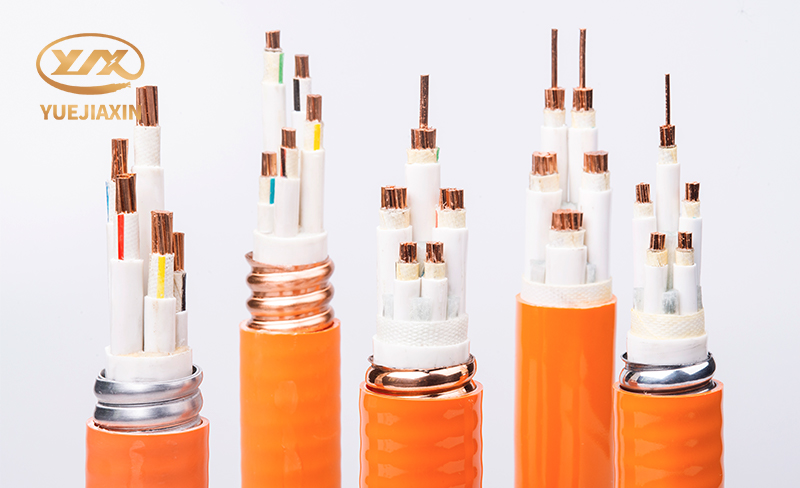
Copper conductor cables are preferred. They offer excellent electrical conductivity and ensure efficient power transmission. While relatively expensive, their energy savings and stability far outweigh the cost over time. When selecting specifications and models, be sure to base your selection on actual power needs and usage scenarios, ensuring the cable's load capacity and performance match the application. Choose products from reputable brands and reliable manufacturers; avoid cheap, inferior cables.

